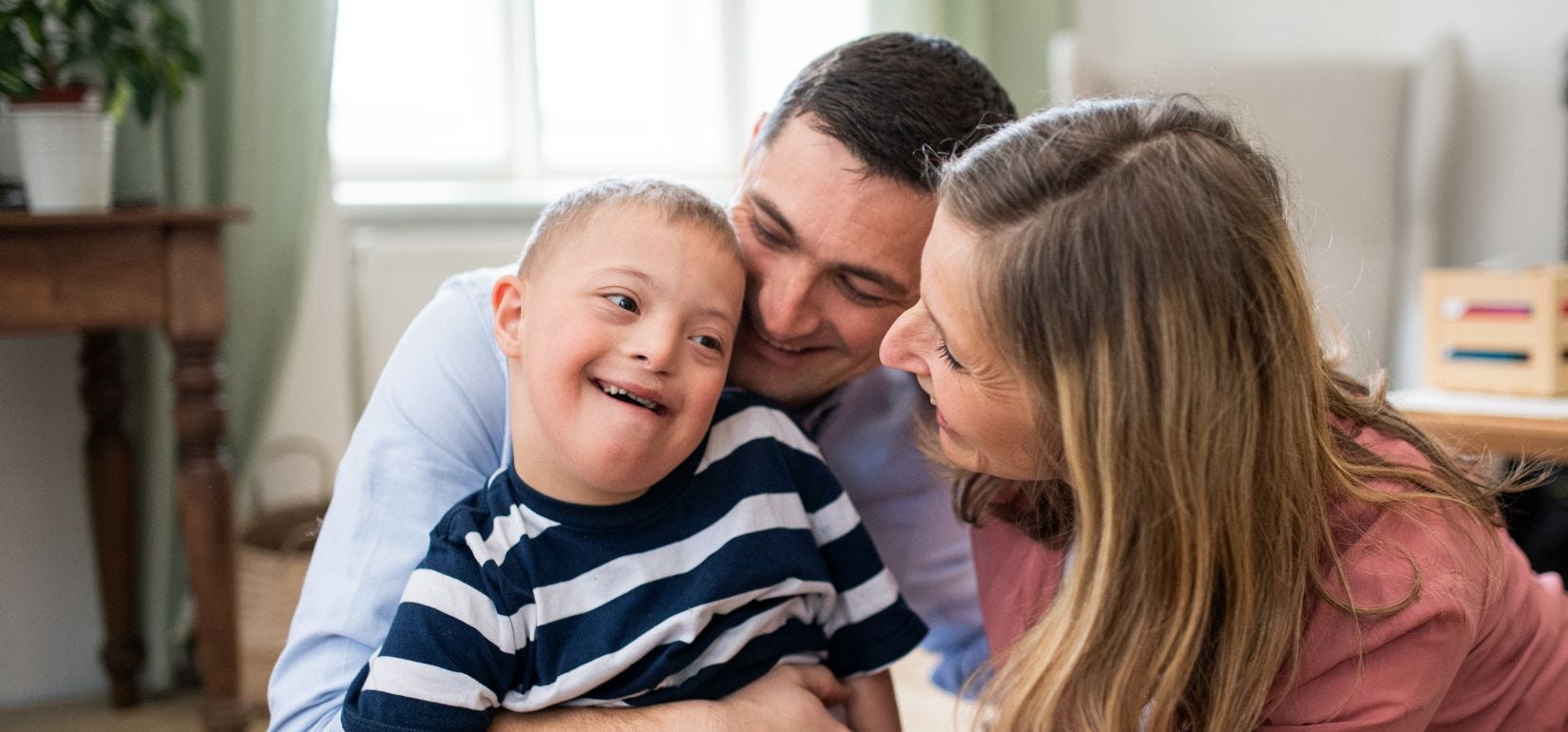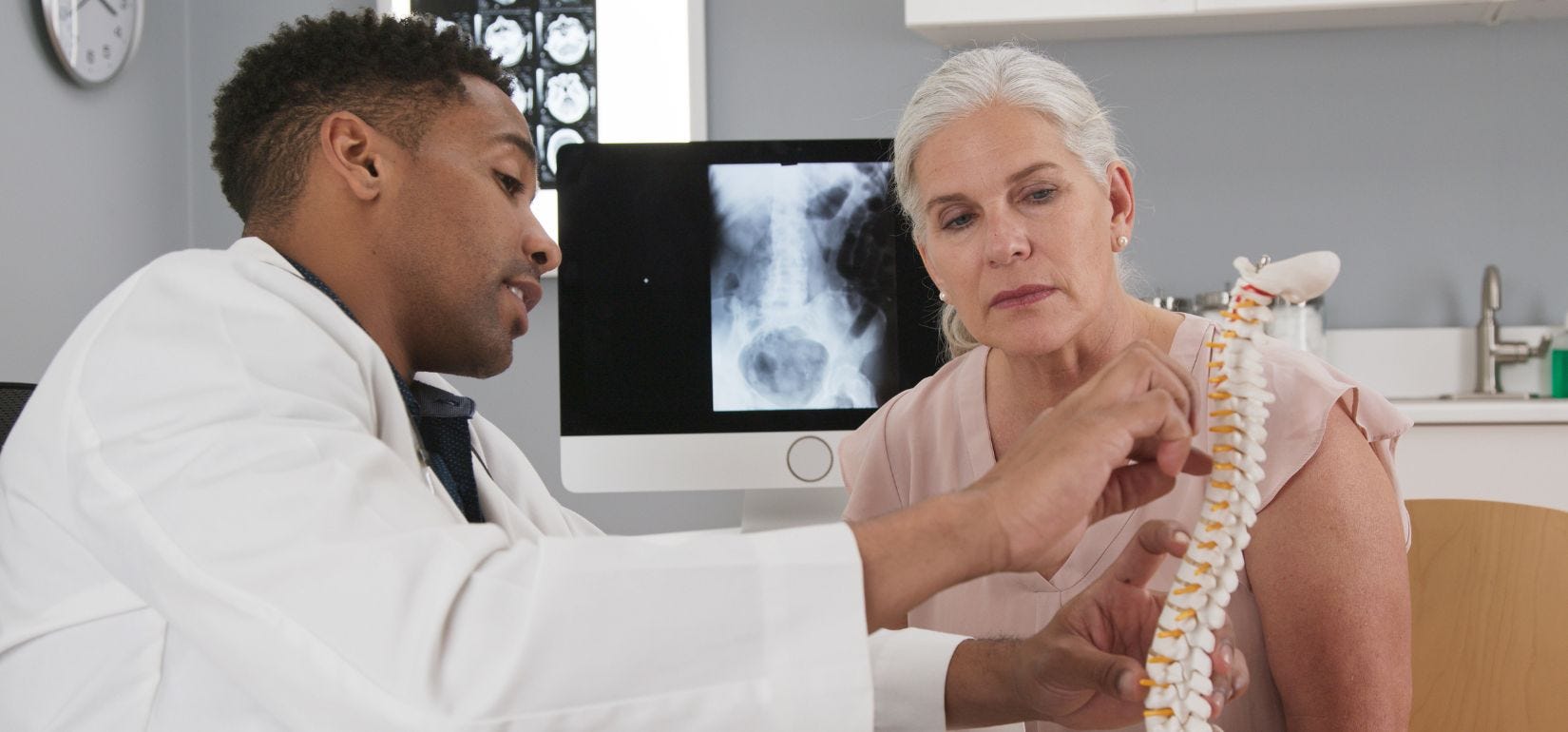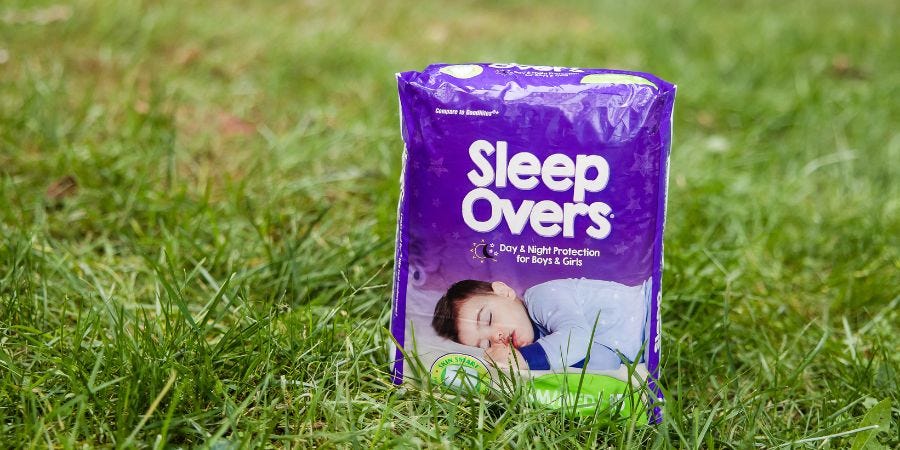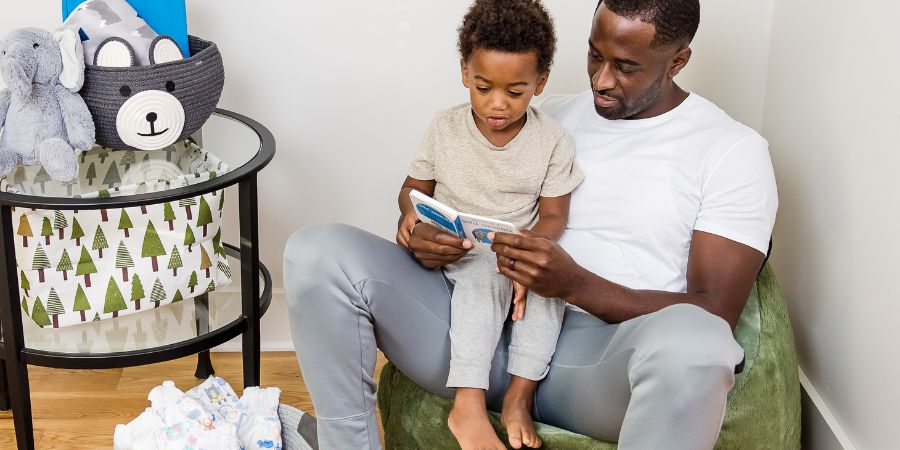Teenage years bring a significant amount of pressure in many areas of adolescents' lives, especially in high school and middle school. Among the handful of academic and social challenges they have to face, teens with incontinence are up against added barriers.
Because teenage incontinence is often unrecognized and stigmatized, young people managing the condition experience profound impacts. Many teenagers with incontinence are burdened not only by the physical challenges but also by the psychological toll it takes on their self-esteem, social interactions, and academic performance. However, there are ways we can assist teens in navigating incontinence.
In this article, we’ll explore why teenagers with incontinence are at risk for underachieving in school. We’ll also give you tips from Samantha Eaker, board-certified pediatric nurse practitioner specializing in pediatric urology, on how you can assist your loved one so they can thrive and feel empowered in and out of the classroom.
What Causes Teenage Incontinence?
Incontinence is the loss of bladder and bowel control that results in an involuntary leakage of urine or feces. Urinary incontinence (UI) is the loss of bladder control and fecal incontinence is the loss of bowel control. Many children and adolescents who are over the typical potty training age of 3 or 4 years old may continue to experience either type of incontinence for a variety of reasons, depending on the underlying conditions that cause it.
Check Your Eligibility
2 Easy Steps
From catheters to pediatric and adult incontinence supplies, discover the continence care essentials covered by your insurance.
- Disabilities. Children or teens with special needs, such as autism, Down syndrome, or cerebral palsy (CP) often experience incontinence due to a myriad of reasons, including sensory issues, emotional maturity, potty-training readiness, and more.
- Medical conditions. Certain medical conditions, like spinal cord injury, Hirschprung’s disease, and spina bifida may lead to incontinence in some children and teens due to physical limitations, sensory issues, and nerve damage.
- Infections. Urinary tract infections (UTIs) or bladder infections can be a cause of incontinence in some young people due to the symptoms correlated with infections.
There are a few different types of incontinence your teenager may be diagnosed with, including:
- Stress incontinence: Leaking urine when sneezing, coughing, bending over, or lifting heavy objects.
- Overactive bladder (OAB) / Urge incontinence: Voiding the bladder more than 8 times a day or feeling sudden and overwhelming urges to urinate, leading to leakage.


- Nocturnal enuresis (NE): Urinating during sleep (bedwetting).
- Functional incontinence: Leakage that’s caused by the inability to make it to a restroom due to a physical limitation.
- Overflow incontinence: Leaking urine throughout the day due to the inability to empty the bladder.
- Mixed incontinence: Experiencing one or more sets of incontinence symptoms at once (for example, leaking when coughing and urinating more than 8 times a day).
- Fecal incontinence: Leaking fecal matter.
What’s the Connection Between Teenage Incontinence & Underachieving?
A study that included 20 adolescents ages 11-to-19 years old found that young people with incontinence (daytime wetting, soiling, or bedwetting) were at a higher risk of underachieving in high school and college. The research found that teenagers and young adults faced barriers in school for a variety of reasons that hold true for teens in the United States.
- Fear of discussing incontinence. In the study, many adolescents felt they had to keep their condition a secret due to fear of being stigmatized. The stigma surrounding incontinence is one that spans beyond teenagers— many in society see incontinence as shameful— keeping people with the condition from talking openly about it, which can lead to mental health challenges like embarrassment and anxiety. Teens also felt they couldn’t even tell their closest friends about their condition out of fear that it wouldn’t be told in confidence.
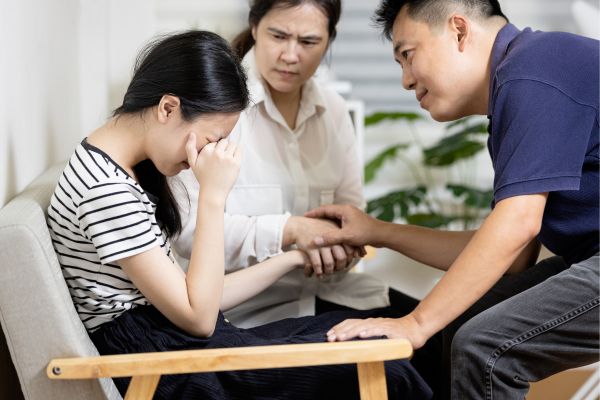

- Fear of social consequences. Many respondents were afraid of the social consequences of revealing their incontinence, such as bullying or teasing, leading to social isolation. Samantha Eaker, DNP, CPNP-PC, says many teens and young adults are fearful of being shamed or thought “less of” when addressing their incontinence with family members or in the school setting.
“Since continence is more of the ‘norm’ at that age, [teenagers] with incontinence may fear being punished by their loved ones or being accused of being ‘lazy,’” says Eaker. “These patients may worry their peers will mock or bully them for their incontinence and thus socially recuse themselves.”
- Fear of teachers. Some of the students reported that they were afraid their teachers wouldn’t believe or understand that their incontinence was a significant condition and felt they required a note from a healthcare provider to prove it affected them. Some participants also reported they feared their teachers would not let them use the restroom as often as they needed to or would forget they had a continence issue.
- Fear of social situations. Teenagers in the study said they avoided certain social situations, like school trips, and even making new friends, in order to avoid accidents or leakage in front of their peers. Older participants reported they also feared how they would navigate romantic or intimate relationships due to their incontinence. This resulted in many of the young people feeling isolated and alone.
- Fear of personal issues in public. While managing incontinence at school, teenagers in the study stated they feared having to manage their personal issue of incontinence in very public areas, like school bathrooms. Having to change incontinence products in school restrooms and dispose of them while keeping incontinence a secret can pose emotional challenges for adolescents. On top of that, students felt they had restricted toilet access at school, causing teens anxiety.
- Fear of underachieving. Some participants said while using the restroom, they’d miss large portions of lessons in class. Some felt they missed so much time in the classroom, they felt they were failing. Others said they had no support in catching up or re-learning what the class had gone over while they were using the restroom. Being interrupted during tests was another issue students with incontinence felt; because it was necessary for them to use the toilet during an exam, they’d have less time to take the test.
“I certainly have patients that avoid certain social situations due to their daytime urinary incontinence or nocturnal enuresis (bedwetting) as they are concerned about having a urinary accident and being embarrassed or shamed by their peers,” Eaker says. “Similarly, this applies to the academic setting; some students that struggle with incontinence may avoid extracurriculars or may underachieve in school secondary to missing school or class due to incontinence or comorbid health issues.”
What Can Parents & Teachers Do to Help Teenagers With Incontinence?
- Work collaboratively. “The shared goal of students struggling with incontinence, their loved ones, their educators, and their health care providers should be to work collaboratively to prevent incontinence from socially prohibiting students,” says Eaker.
- Normalize experiences. Eaker says it’s vital to try to normalize teens’ experiences so they do not fall behind or underachieve academically, socially, or personally.


3. Be approachable, open-minded, and supportive. If a student or child with incontinence confides in you, honor discretion if that is what they request. Ask your child or student how you can best help them to support them personally and academically.
4. Connect. If there is another student struggling with incontinence of which you are aware, perhaps connect said students after getting consent from both parties.
5. Get free incontinence products through insurance. If your teen manages incontinence, you should know that you can get financial help with purchasing incontinence products through Aeroflow Urology. We help you get your loved one’s products absolutely free if they qualify. Fill out our Eligibility Form to get started.
6. Increase awareness. Eaker says teachers and parents can work on increasing awareness of incontinence and frequency among students.
7. Remove barriers. Allow teen students with incontinence to use the restroom as needed and comply with accommodation requests (e.g. 504 plans and IEPs). Also, do your best to be discrete with the above-mentioned accommodations so other students do not suspect favoritism.
References
Whale, K., Cramer, H., & Joinson, C. (2018). Left behind and left out: The impact of the school environment on young people with continence problems. British Journal of Health Psychology, 23(2), 253–277. https://doi.org/10.1111/bjhp.12284
Teenagers with incontinence are at risk of underachieving at school - ERIC. (2017, December 12). https://eric.org.uk/news/teenagers-with-incontinence-are-at-risk-of-underachieving-at-school/
Sharp, A. (2017, December 13). Urinary Incontinence May Affect Learning and Academic Performance Of Teenagers. Shield HealthCare.
Disclaimer
Information provided on the Aeroflow Urology blog is not intended as a substitute to medical advice or care from a healthcare professional. Aeroflow recommends consulting your healthcare provider if you are experiencing medical issues relating to incontinence.






